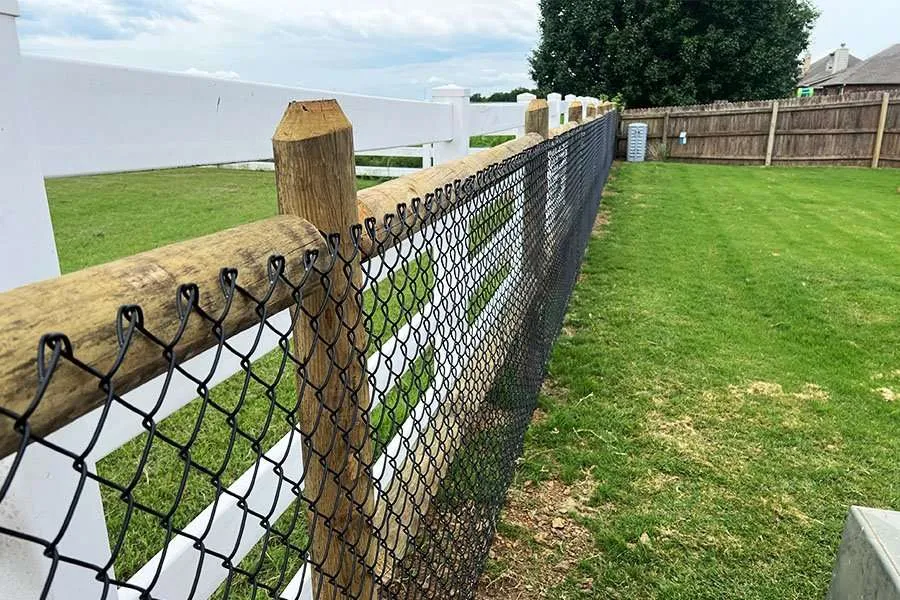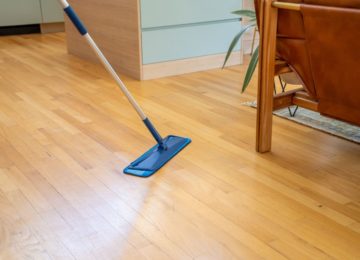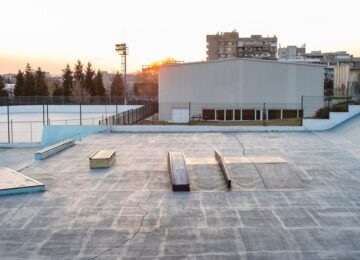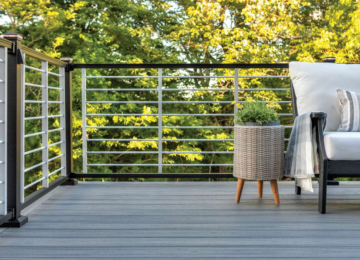Who does not love to have wooden fences for their property? They are beautiful, elegant and stylish to look at. However, with the rigors of nature and over a period of time, these wooden fences or colonial fencing are attacked by their enemies like termites, carpenter bees and carpenter ants.
Wood fencing: Of all the available choices, this is the most popular and most ubiquitous. It is affordable and lasts a long time, with a bit of care. Wood fences provide privacy and also a bit of a buffer from noise.Talk to the professionals at fence company St. Augustine.
Tips to fight these wooden fence enemies
Wooden structures are the personal stomping grounds for insects like termites, carpenter ants and bees. This is where you need to take proper measures to protect your wooden fencing from getting damaged.
- Combating against carpenter bees
- Ensure that the wood is not exposed to moisture or weather for long. This serves as the safest nesting place for carpenter bees.
- They are similar to bumblebees.
- They can be easily distinguished by their feature of a black abdomen with greenish-purple sheen.
- The carpenter bees damage the wood by boring several holes in order to lay their eggs. The wood begins to weaken due to these holes which are of a dime size.
- In order to protect the wood against such holes made by the carpenter bees, you can easily seal them with the help of a liquid sealant.
- Pesticides can also be used to steer clear these bees.
- Do not forget to cover the entrance with steel wool.
- Combating against termites
- There are several types of termites like dry wood termites, damp wood termites and subterranean termites that can harm the wood fence. One of the best ways to prevent termite infestation is to use liquid termite treatment.
- You can also use termite baits and work by spreading less amount of pesticides.
- Apply the borate termite treatment like a coat of paint on the wood
- Dry wood termites can be prevented by using the method of fumigation.
- Combating against carpenter ants
- Carpenter ants are predominantly seen on trees and wood that have moisture content – rotting trees, roots, logs, stumps to name a few.
- Store firewood in the garage and allow considerable amount of air to circulate
- Any wood or tree that shows signs of moisture should be removed.











